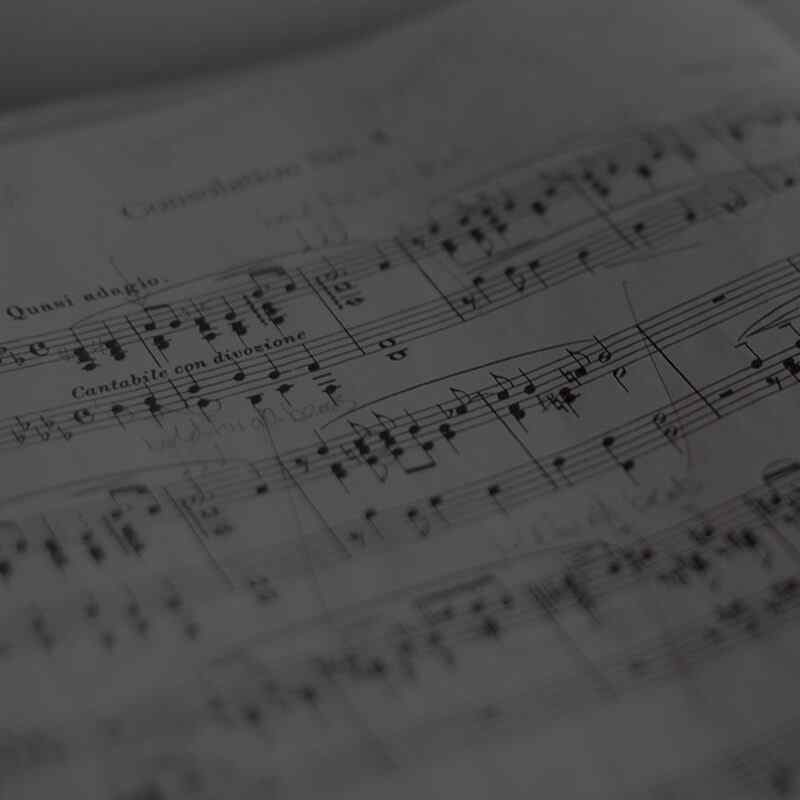Music School Programs

Classical Method

Orff Approach

Kodály Method

Suzuki Method
Classical Method
The Classical Method is a traditional approach to music education, focusing on the rigorous study of music theory, technique, and classical repertoire. This method emphasizes structured learning, with students progressing through graded levels of difficulty. It is commonly used in teaching instruments like piano, violin, and voice, where students learn to read music, develop technical skills, and perform classical pieces by composers such as Bach, Mozart, and Beethoven. The Classical Method is known for its discipline and attention to detail, helping students build a strong technical foundation. It also prepares students for formal performances and exams, making it ideal for those who aspire to pursue music at an advanced level or as a professional career.
Orff Approach
The Orff Approach, developed by German composer Carl Orff, encourages learning through play, making it particularly engaging for children. This method combines music, movement, drama, and speech into lessons that are both creative and educational. Students often use percussion instruments, such as xylophones and metallophones, which are designed to be accessible and easy to play. The Orff Approach is highly interactive, allowing students to explore and experiment with music in a hands-on way. Lessons often involve improvisation, where students create their own rhythms and melodies, fostering creativity and confidence. By integrating various artistic disciplines, the Orff Approach provides a holistic and immersive music education experience.
Kodály Method
The Kodály Method, named after Hungarian composer Zoltán Kodály, places a strong emphasis on music literacy. It is rooted in the belief that everyone is capable of musical education, and it uses singing as the primary tool for teaching musical concepts. Central to the Kodály approach are solfege (do-re-mi) syllables, hand signs, and rhythm syllables, which help students internalize musical patterns and structures. This method is highly sequential, starting with simple folk songs and gradually introducing more complex musical ideas. By engaging students in singing, movement, and interactive activities, the Kodály Method not only teaches music theory but also enhances aural skills and musicianship from a young age.
Suzuki Method
The Suzuki Method, developed by Japanese violinist Shinichi Suzuki, is renowned for its focus on ear training and repetition. This method often begins with very young students, even as early as age three or four. The philosophy behind Suzuki is that every child can learn music in the same way they learn their native language—through listening, imitation, and repetition. Parents play a crucial role in this method, attending lessons and practicing with their children at home. By fostering a deep connection between the child and their instrument, the Suzuki Method emphasizes developing a love for music alongside technical skills. The approach is holistic, incorporating not just the instrument but also singing and other activities to reinforce musical concepts.

